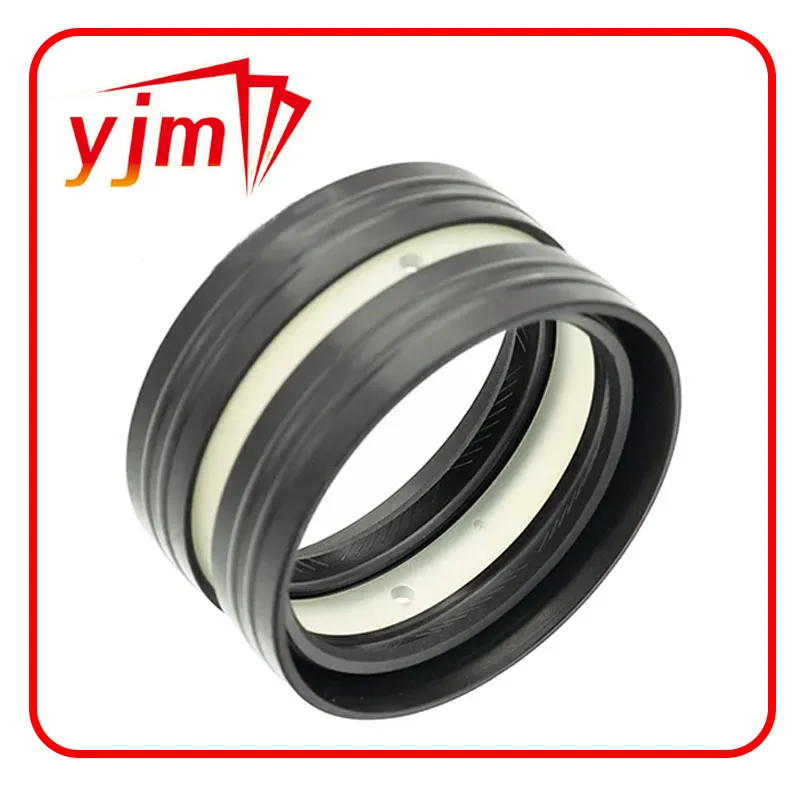Automotive Shaft Seals Enhancing Performance and Durability in Vehicle Applications
Understanding Automotive Shaft Seals A Critical Component for Vehicle Performance
Automotive shaft seals are vital components in the functioning of vehicles, playing a crucial role in maintaining the integrity and efficiency of various systems. These seals are designed to prevent the leakage of fluids while simultaneously protecting the internal components from dirt, dust, and other contaminants that could cause significant damage. This article delves into the importance, types, and maintenance of automotive shaft seals, highlighting their role in ensuring optimal vehicle performance.
Importance of Automotive Shaft Seals
Shaft seals are essential for the smooth operation of various automotive systems, including the engine, transmission, and differential. These seals are typically installed at the points where rotating shafts pass through a housing or casing. Their primary function is to contain lubricants within the system, preventing them from leaking out. By doing so, shaft seals help maintain the necessary lubrication for moving parts, which is critical for reducing friction and wear.
In addition to containing fluids, automotive shaft seals protect against the ingress of contaminants. Dust, dirt, and other environmental factors can lead to premature wear and failure of internal components. By sealing off sensitive areas of the vehicle, these seals ensure that the lubricating fluids remain clean and effective, thereby extending the lifespan of the related components.
Types of Automotive Shaft Seals
There are several types of automotive shaft seals, each designed for specific applications and environments. Here are some of the most common types
1. Rotary Shaft Seals These are the most widely used seals in automotive applications. They are designed to fit around rotating shafts and can be made from various materials, including rubber, silicone, and polyurethane. The sealing lip is typically a circumferential edge that maintains contact with the shaft, preventing fluid leakage.
2. Crankshaft Seals Positioned at the front or rear of the crankshaft, these seals prevent oil from leaking out of the engine. They are crucial for maintaining proper oil levels and ensuring optimal engine performance.
3. Transmission Seals Found within the transmission assembly, these seals are vital for keeping the transmission fluid contained. Effective transmission seals not only prevent leaks but also enhance the overall efficiency of the transmission system.
automotive shaft seals

4. Differential Seals These seals are located in the differential housing, ensuring that the lubricant remains within the differential gears while blocking contaminants. A failure in these seals can lead to significant damage, often resulting in expensive repairs.
5. Wheel Seals Found in the wheel hubs of a vehicle, these seals protect wheel bearings from dirt and moisture while retaining the lubricant needed for smooth operation.
Maintenance of Automotive Shaft Seals
Like any automotive component, shaft seals require regular maintenance to ensure optimal functionality. Here are some key maintenance practices
1. Regular Inspections Drivers should periodically check the seals for signs of wear or leakage. This can often be done during routine oil changes or inspections. A visible oil leak around the area of the seals can be an indicator of seal failure.
2. Fluid Levels Keeping an eye on fluid levels in the engine, transmission, and differential can help detect issues early. A sudden drop in fluid levels can suggest a leak, possibly caused by a damaged or worn seal.
3. Cleanliness Ensuring that the area around the seals is clean and free from debris will help prolong their life. Contaminants can wear down the seal material, leading to premature failure.
4. Timely Replacement If a seal is found to be damaged or leaking, it should be replaced as soon as possible. Continued operation with a faulty seal can lead to more extensive damage in the long run, resulting in costly repairs.
Conclusion
Automotive shaft seals, while sometimes overlooked, are critical to the overall performance and longevity of a vehicle. Their ability to contain fluids and protect against contaminants makes them indispensable components in various systems. Regular maintenance, timely inspections, and prompt replacements can ensure that these seals function effectively, ultimately contributing to a smoother and more reliable driving experience. Understanding the significance of automotive shaft seals is essential for anyone looking to maintain their vehicle in peak condition.
-
Understanding the Front Main Engine Seal: Purpose, Maintenance, and Installation
News Jul.29,2025
-
Understanding O-Rings and Seal Rings: Types, Applications, and Custom Solutions
News Jul.29,2025
-
Understanding Crankshaft Oil Seals: Rear Seals, Pulley Seals, and Their Role in Engine Integrity
News Jul.29,2025
-
The Importance of Front and Rear Crankshaft Seals in Engine Performance and Oil Management
News Jul.29,2025
-
Crank Oil Seals: Functions, Types, and Cost Considerations in Engine Maintenance
News Jul.29,2025
-
A Comprehensive Guide to O-Rings and Seals: Types, Materials, and Global Applications
News Jul.29,2025
-
Mastering Diesel and Performance Engine Maintenance: A Guide to Critical Oil Gaskets
News Jul.28,2025
Products categories















